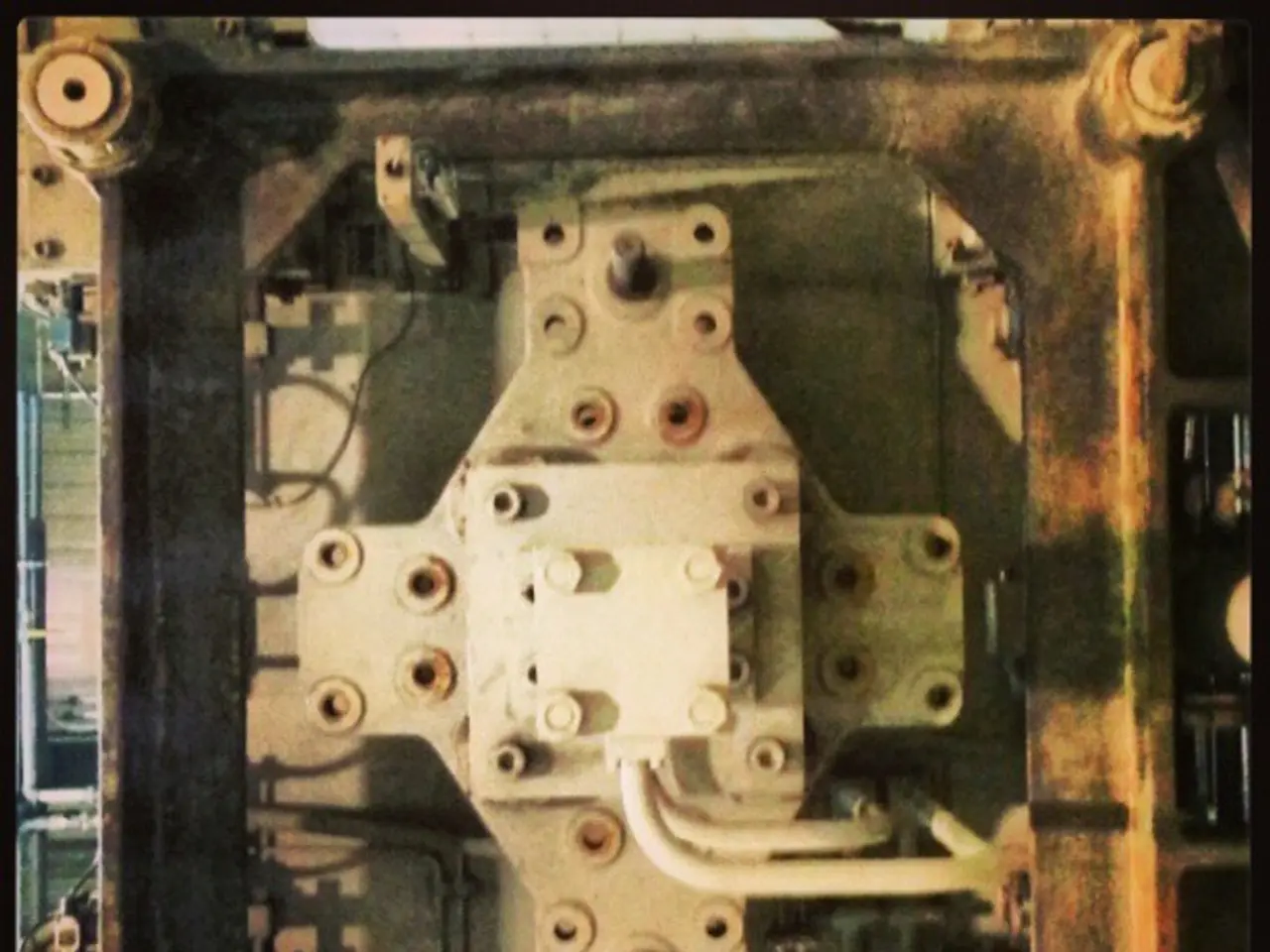Revolutionary 3D X-ray imaging of magnesium alloys may significantly transform the manufacturing of lightweight automobiles.
Breakthrough Study Reveals 3D Views of Stress-Handling in Magnesium Alloys
A groundbreaking discovery in materials science has been made by researchers at the University of Michigan, who have captured the first-ever 3D views of microscopic structures inside lightweight magnesium alloys. This breakthrough, published in the journal Science, could pave the way for wider adoption of magnesium in the automotive industry, potentially reducing costs and improving performance.
The research, funded by the U.S. Department of Energy, focused on the behavior of deformation twins, mirror-image regions in the crystal structure created when atoms in a certain area shift orientation. These twins can both help the metal absorb stress and create weak points where cracks initiate, affecting the alloy's overall strength and durability.
To capture these intricate structures, the U-M team used the European Synchrotron Radiation Facility in France to obtain high-resolution images of the twinning process in magnesium alloys. They scanned a sample with a small-scale CT machine to map crystal grain orientation before applying stress under three different loads—0.6, 30, and 45 megapascals—typical of forces in automotive parts.
Assistant Professor of Mechanical Engineering and Materials Science, Ashley Bucsek, believes this consistent behavior could be key to optimizing magnesium's lifetime in demanding applications. Understanding and controlling magnesium's behavior under strain could make it a mainstream material for vehicle production.
The high-resolution images could be a first step toward tailoring magnesium alloys to be both more ductile and more stable, bringing them closer to large-scale use in cars and other vehicles. This development is particularly significant because magnesium is 30% lighter than aluminum, offering substantial reductions in vehicle weight. This weight reduction translates directly into lower fuel consumption for conventional vehicles and decreased energy demands for electric cars, contributing to both economic and environmental benefits.
With improved understanding from 3D stress analysis, manufacturers can develop stronger, more reliable magnesium alloys that can be used in a wider range of automotive components, not just non-load-bearing parts. This progress has the potential to make vehicles both stronger and cheaper by enabling the substitution of heavier, more expensive materials with lighter, cost-effective magnesium alloys that maintain or improve mechanical performance.
In conclusion, the 3D views of stress-induced microstructures in magnesium alloys provide critical knowledge to engineer alloys that are simultaneously lightweight, strong, and less prone to failure, thus enabling the production of more fuel-efficient and affordable vehicles. The team plans to capture these changes in real time during future experiments, further advancing our understanding of magnesium's behavior under strain and its potential applications in various industries.
- The breakthrough study in magnesium alloys could lead to a wider adoption of the metal in the automotive industry, potentially reducing costs and improving performance, as reported in the journal Science.
- The behavior of deformation twins in magnesium alloys, which can both help the metal absorb stress and create weak points where cracks initiate, was the focus of the research conducted by the University of Michigan team.
- To capture the intricate structures of the twinning process, the U-M team used the European Synchrotron Radiation Facility in France to obtain high-resolution images of the alloys.
- Understanding and controlling magnesium's behavior under strain could make it a mainstream material for vehicle production, bringing potential economic and environmental benefits, such as lower fuel consumption for conventional vehicles and decreased energy demands for electric cars.
- The development of stronger, more reliable magnesium alloys could enable the substitution of heavier, more expensive materials with lighter, cost-effective alternatives in a wider range of automotive components, making vehicles both stronger and cheaper while maintaining or improving mechanical performance.




